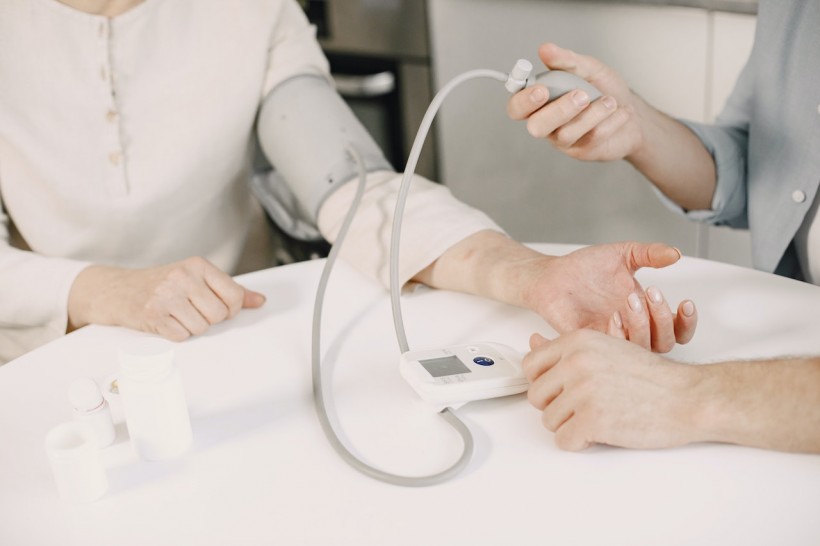Hypertension ranks as the leading preventable cause of premature death and disability worldwide. It kills an estimated 8 million people annually and is expected to increase by 60% by 2025.
In low-income communities, people often face challenges in accessing basic healthcare services, leading to an increased risk for chronic diseases such as hypertension. In facilitating community-based hypertension management approaches blood pressure monitoring needs to be accessible and affordable to enable measurement even when outside the clinics.

A Smart Solution to Blood Pressure Monitoring
A team of engineers at the University of California San Diego created a simple clip that allows blood pressure monitoring using the camera and flash of a smartphone. The attachment works with a custom smartphone app and only costs 80 cents. When manufactured at a larger scale, the researchers estimate it will only be 10 cents per piece.
The smartphone clip is a 3D-printed device attached to the camera that flashes and works like a pinhole camera. The user needs to press on the clip with a fingertip, and the light from the flash projects through a channel as an image of a red circle. The size of the circle serves as a guide in measuring the amount of pressure applied by the user. On the other hand, the brightness of the circle determines the amount of blood going in and out of the user's fingertip. This information will then be converted into systolic and diastolic blood pressure readings.
Researchers claim that their invention can provide an easier way of monitoring blood pressure while being affordable and accessible to people in poor communities. It can also be very beneficial to older adults and pregnant women.
Lead author Yinan Xuan describes their device as an inexpensive solution for lowering the barrier to blood pressure monitoring. Because the clips are very cheap, they can be made available to anyone who needs them but cannot visit a clinic regularly.
Another advantage of this device compared with other monitors is its calibration-free system. Unlike other monitors, which need separate measurements with a cuff, this smartphone clip can get a reliable blood pressure reading without touching another monitor.
READ ALSO: Wearable Electronic Tattoo Designed for More Effective Blood Pressure Measurements, Monitoring
How Does Blood Pressure Monitoring Work?
As the heart supplies blood to the different tissues and organs of the body, it puts pressure on the wall of the arteries. The amount of force the blood uses to get through the arteries is called blood pressure. It is usually measured as part of a routine health checkup or screening for hypertension.
A common device used to measure blood pressure is a sphygmomanometer, a blood pressure cuff. Other people use automatic blood pressure monitoring devices that they can use at home.
The automatic monitoring devices use the same principle as the auscultatory technique developed by Italian physician Scipione Riva-Rocci. However, instead of recording the resultant sound, the automatic devices rely on the vibrations or oscillation of the vascular wall. It measures the blood flow through an artery between systolic and diastolic pressures.
RELATED ARTICLE: Thyme Can Reduce Blood Pressure and Lower the Risk of Heart Disease
Check out more news and information on Blood Pressure in Science Times.














